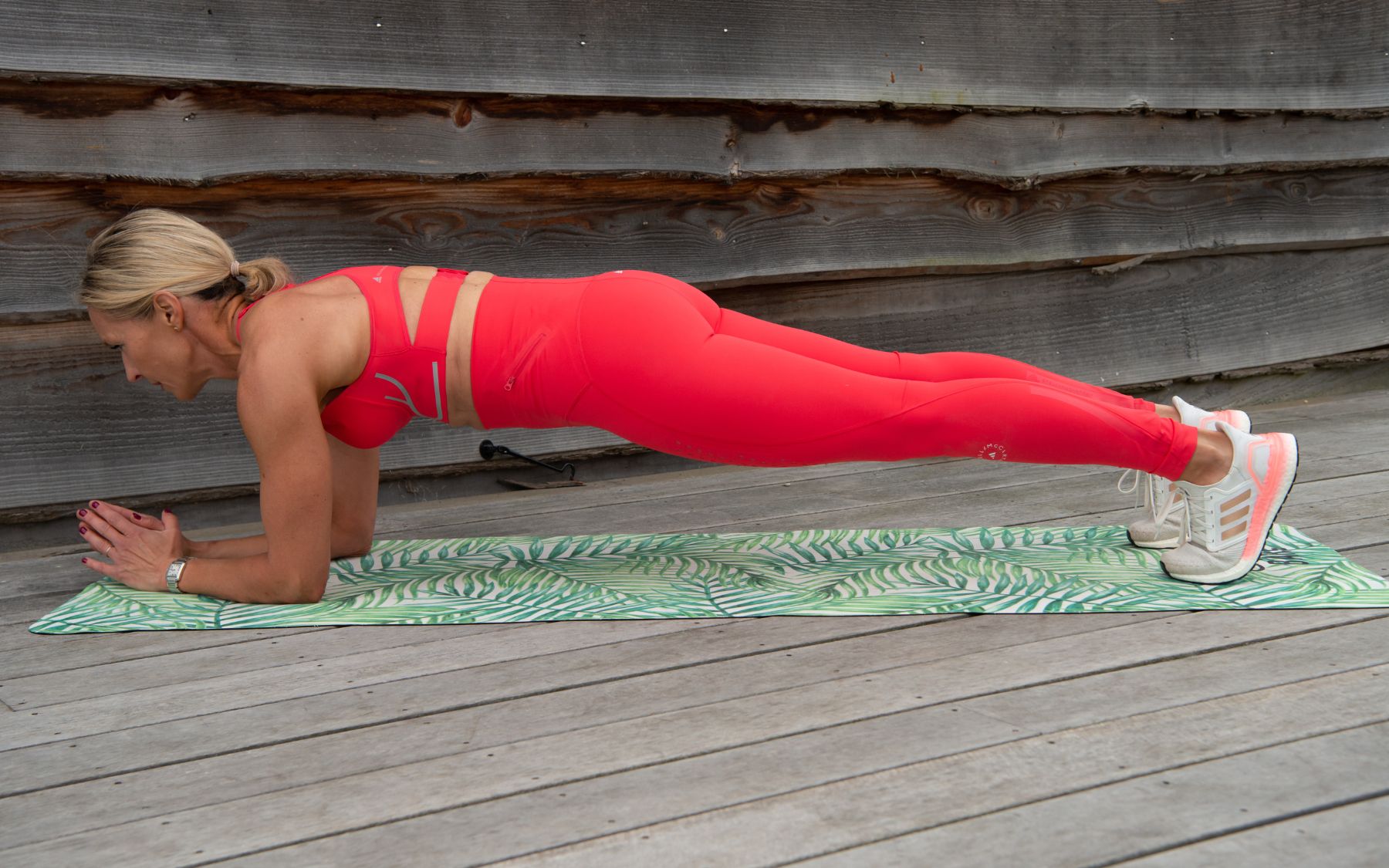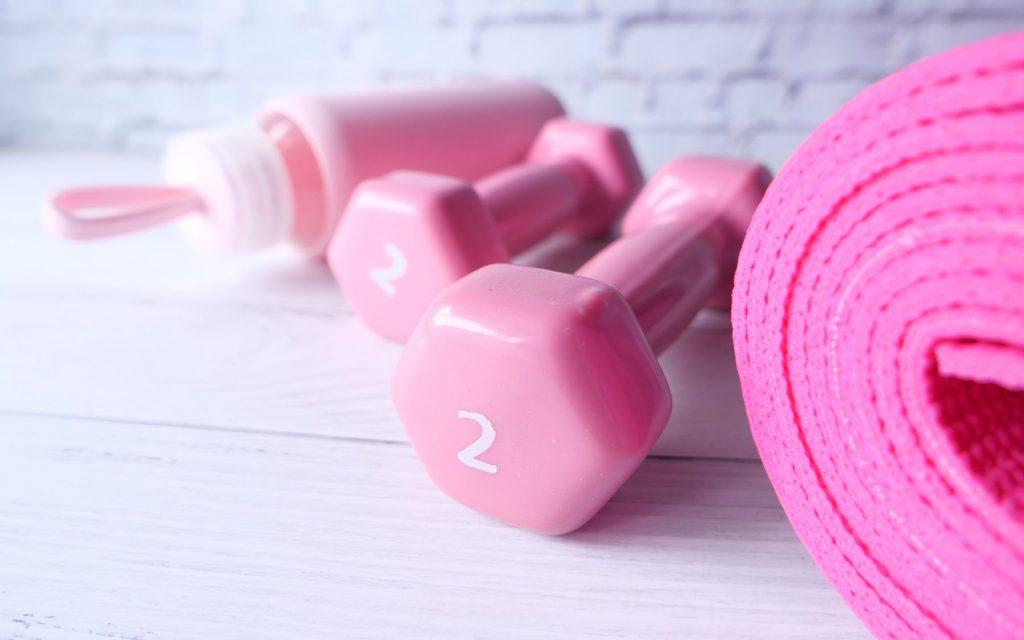
The Power of the Plank!
A new piece of research has been released which reveals that isometric exercises are more effective at preventing high blood pressure than a run, a walk or a cycle. This sounds great but what does it actually mean?
First of all, what is an isometric exercise? These are exercises which involve holding the body in a fixed position with no muscle or joint movement at all. So, examples would include a plank, a wall sit, a squat hold or box plank. One of the best things about isometric exercises is that they require no equipment and you really can do them anywhere, at any time.
The study from Canterbury Christchurch University in Kent suggests that doing 4 sets of 2 minute isometric exercises 3 times per week is effective, provided the exercises are performed with good form. Of course, the benefits of resistance training like this go much further than just blood pressure, they include improved bone health, strengthening muscles, boosting immunity and of course the mood enhancing bonus.
So, whilst these exercises are very beneficial when performed with good form they are also some of the moves most commonly performed incorrectly. So, let’s have a quick look at how to access the power of the plank and what you need to do to create the perfect wall sit!
Plank – this can be either a forearm plank or a high plank, the principle of both is the same. The key is to have a nice, straight, strong back and core without your hips in the air! So the key steps to perfect this are:
- Engage the core, pull the belly button to the spine
- Squeeze the glutes
- Lift through the quads
- Shoulders back and down
- Neutral head position – try not to drop the head or look up too much
- Think straight line from shoulders to hips to knees to ankles
- And don’t forget to breathe!
Now what about a wall sit…these are just like a squat but up against a wall. The key here again is to engage the core and get low enough!
- Make sure the back is pushed against the wall (don’t let the lower back arch forwards)
- Weight is in the heels
- Get down low to have a 90 degree angle at the knees so the thighs are parallel to the floor
- Make sure the knees don’t fall in
- Nice deep breaths! And try to resist the hands resting on the legs.
Now don’t panic if you can’t immediately jump into a perfect 2 minute plank! The most important thing, as I always say, is consistency. Keep practising. Planks are brilliant for building upper body strength and will really help with lots of other compound exercises such as your press ups. Wall squats will similarly help with your lower body strength! These are the perfect exercises to tack onto the end of a workout too as a finisher.
Let me know how you get on, as always please do get in touch!
Caroline x



